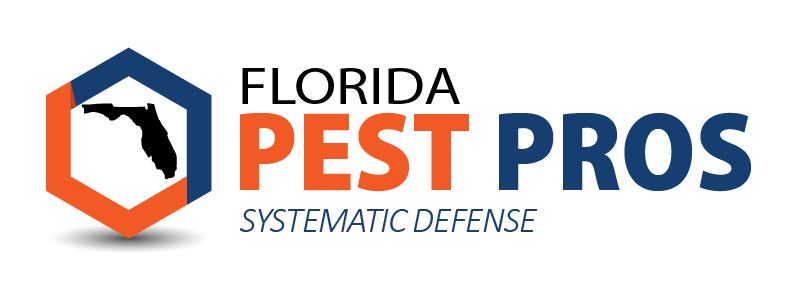Professional Pest Advice
Choosing the right treatment and procedure to eliminate pests comes from years of experience and training. Here are a few bits of professional pest advice we have picked up over the years.
After your home is thoroughly inspected, you will receive a detailed inspection report, a written treatment plan and warranty details designed specifically for your home. Making homes pest-free – Guaranteed.
Identifying Insects
Winged Termites or Winged Ants
Termites have a long tube like body with straight antennae and equal-length front and hind wings. Ants have a three-segmented body, elbowed antennae, and different sized front and hind wings.
Drywood Termites
Drywood termites do not require contact with the soil to survive. They occur in smaller colonies, but can infest multiple areas of a structure simultaneously. Coffee ground like fecal pellets, swarmer termite wings, and damage around a structure are main evidence to look for. Control methods include whole structure fumigation, spot treatment with insecticides, or even heat, shock, microwave, and liquid nitrogen treatments.
Our opinion is that whole structure fumigation is best when evidence of multiple colonies are present. If you catch the termites when localized to one area you have a greater success chance with insecticides. Soil treatments do not protect a structure from Drywood termites. Baiting systems also will not protect a structure against Drywood termites.
Subterranean Termites
Subterranean termites are one of the most prevalent and dangerous wood-destroying organisms we encounter in Florida. They are capable of causing significant damage quickly and often go unnoticed until extensive damage is finally noticed and the cost is severe.
The treatments for subterranean termites are actually rather affordable; and given the damage these termites can cause, a preventative treatment is recommended. Treatments for subterranean termites include soil treatments with a termiticide and installing baiting stations around the structure and monitoring them every three months.
The most effective way to protect a structure from subterranean termites is to treat the structure with a non-repellant termiticide like Termidor or ImaxxPro. This allows the termites to move through the chemical without triggering any “danger pheromones.” When the worker termites return to the colony, through grooming and feeding with the other colony members the chemicals are transferred throughout the colony and eventually eliminated.
Steps You Can Take to Avoid Subterranean Termites
- Keep wood from being in direct contact with soil
- Moisture problems and water leaks need to be repaired
- Check mulch for termites before installing around home
- Regularly inspect the exterior foundation walls for “mud” shelter tubes
- Have Florida Pest Pros inspect and treat your property for pests on a regular basis
Schedule a Free, No Obligation Evaluation
When you schedule a FREE, no-obligation evaluation with us, we delve into the specific pest-related challenges you’re encountering. Through this initial step, we gain valuable insights that pave the way for a tailored Systematic Pest Management solution.
